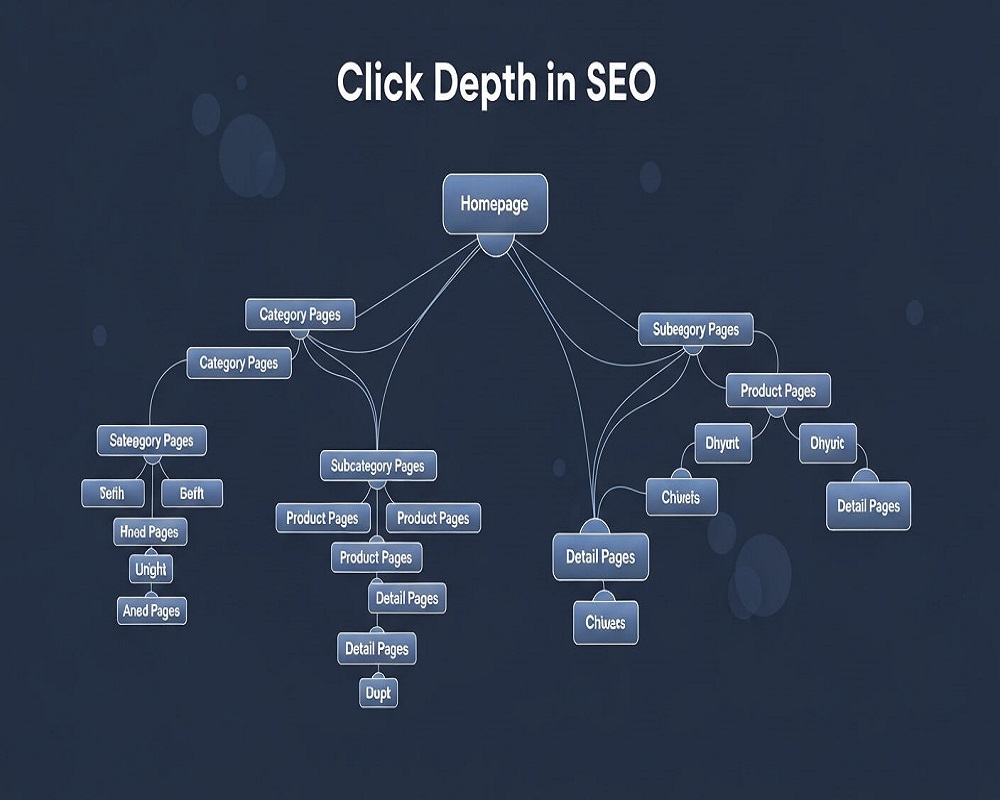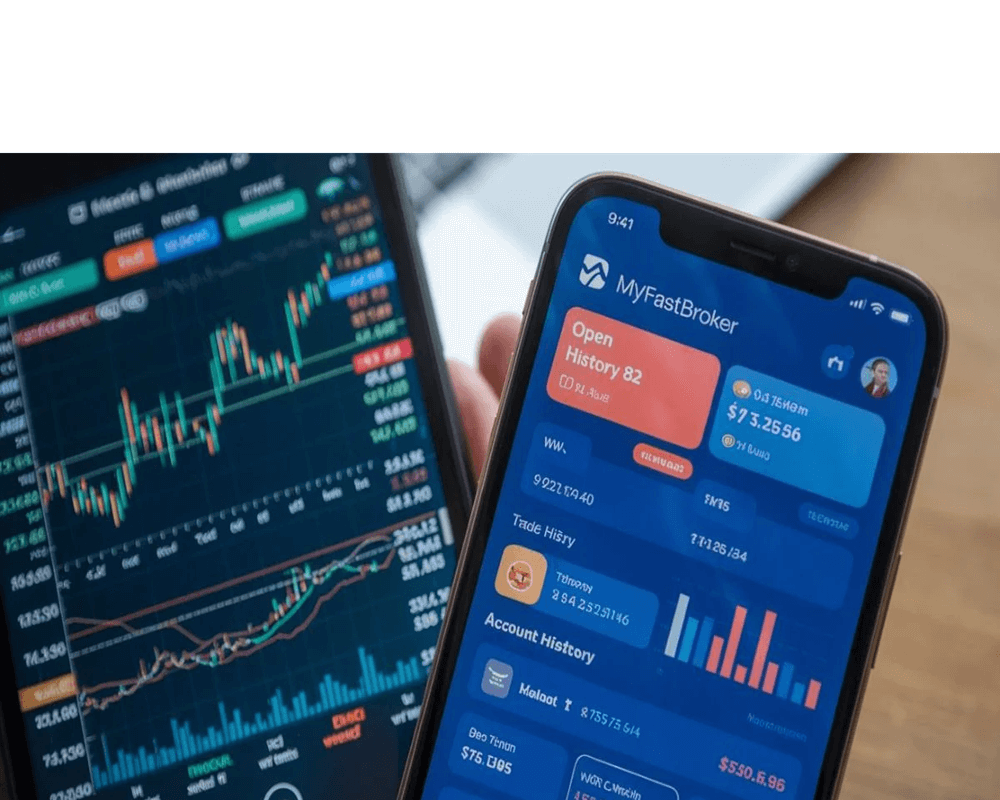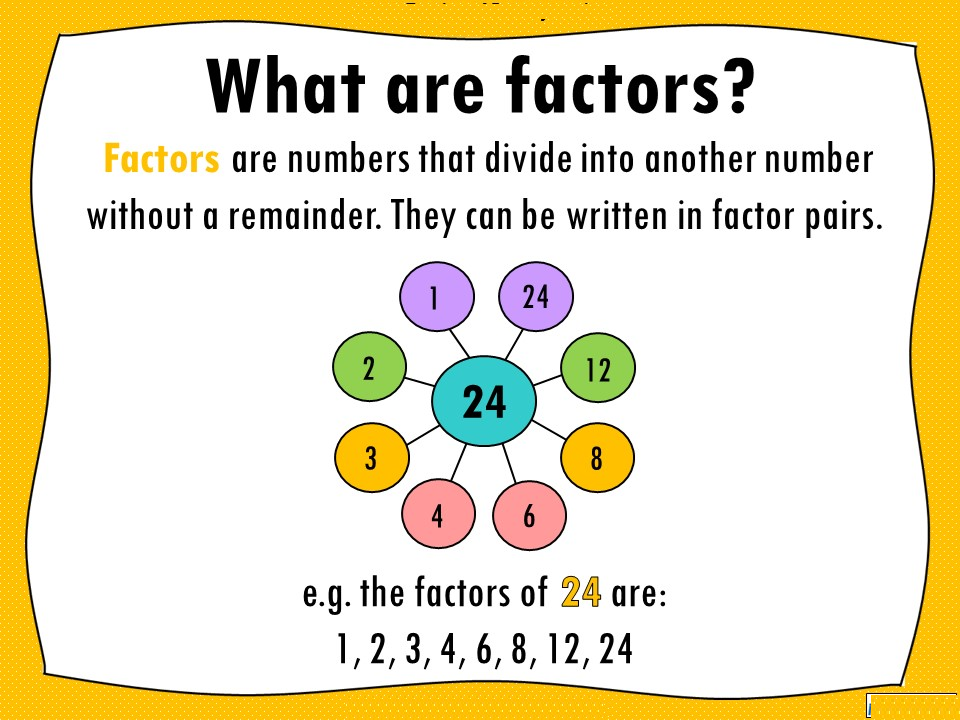In the ever-evolving world of search engine optimization (SEO), understanding click depth is crucial for website owners, digital marketers, and content creators aiming to enhance their site’s visibility and user experience. Click depth in SEO refers to the number of clicks required to navigate from a website’s homepage to a specific page. This metric is pivotal because it influences how easily search engine crawlers and users can access content, directly impacting search rankings, user engagement, and overall site performance. As search engines like Google prioritize user-friendly, accessible websites, optimizing click depth has become a cornerstone of effective SEO strategies in 2025. This comprehensive 3000-word guide explores what click depth is, why it matters, and actionable strategies to improve it, ensuring your website thrives in the competitive digital landscape.
Understanding Click Depth in SEO
Click depth, sometimes called page depth or crawl depth, measures how many clicks it takes for a user or search engine bot to reach a particular page from the homepage. For instance, a page directly linked from the homepage has a click depth of one, while a page buried within multiple subcategories might have a click depth of four or more. Search engines, such as Google, use crawlers to index websites, and these bots rely on internal links to discover content. Pages with higher click depth are harder to find, potentially reducing their crawl frequency and indexing priority, which can lower their search engine rankings.
Why Click Depth Matters for SEO
Click depth is a critical factor in SEO for several reasons:
- Search Engine Crawling Efficiency: Search engines allocate a crawl budget to each website, determining how many pages they explore in a session. Pages with lower click depth are more likely to be crawled frequently, as they are easier to access. A 2023 study by Ahrefs found that pages within three clicks of the homepage are crawled 20% more often than those deeper in the site structure.
- User Experience (UX): A shallow click depth enhances user navigation, reducing the effort needed to find valuable content. Google’s algorithms increasingly prioritize UX signals, such as bounce rate and time on page, which are influenced by how easily users can access information. Websites with intuitive navigation often see higher engagement, with users spending 15% more time on sites with a click depth of three or less.
- Content Discoverability: Important content buried deep in a site’s architecture may go unnoticed by both users and search engines. For example, a blog post requiring five clicks to reach is less likely to rank well compared to one accessible in two clicks, as it may be perceived as less authoritative or relevant.
- Site Authority Distribution: Internal links pass link equity (or “link juice”) across pages, boosting their SEO value. Pages closer to the homepage typically receive more link equity, enhancing their ranking potential. A deep site structure dilutes this equity, weakening the SEO performance of deeper pages.
The Impact of Click Depth on Search Rankings
Google’s algorithms, updated frequently through 2025, emphasize delivering relevant, accessible content to users. Pages with high click depth often face challenges in ranking because:
- Crawl Budget Limitations: Large websites with thousands of pages may exhaust their crawl budget before deeper pages are indexed, especially if the site structure is complex.
- User Intent Fulfillment: Pages requiring multiple clicks may frustrate users, increasing bounce rates and signaling to search engines that the content isn’t meeting user needs.
- Mobile Usability: With over 60% of searches occurring on mobile devices in 2025, a streamlined navigation structure is essential for mobile users who expect quick access to information.
A 2024 analysis by SEMrush revealed that pages with a click depth of one to three ranked in the top 10 search results 30% more often than those with a depth of four or higher. This underscores the need to optimize site architecture for both users and search engines.
Factors Influencing Click Depth
Several elements contribute to a website’s click depth, each requiring careful consideration during site design and optimization:
- Site Architecture: A hierarchical structure with too many nested categories increases click depth. For example, a site organized as Homepage > Category > Subcategory > Sub-subcategory > Page has a click depth of four for the final page.
- Navigation Design: Complex menus or poorly organized navigation bars can force users to click multiple times to reach desired content. Clear, intuitive navigation reduces click depth.
- Internal Linking Strategy: Insufficient or ineffective internal links can bury content deep within the site. Strategic linking from high-authority pages (like the homepage) can lower click depth.
- Content Volume: Websites with extensive content, such as e-commerce platforms or blogs, often have deeper structures due to the sheer number of pages, making click depth management critical.
- URL Structure: Long, convoluted URLs often reflect deep site structures. For instance, a URL like
example.com/products/electronics/gadgets/phones/brand/modelindicates a high click depth, which can deter both users and crawlers.
How to Measure Click Depth
To optimize click depth, you first need to measure it. Here’s how:
- Manual Navigation Check: Start from your homepage and count the clicks needed to reach key pages. This manual approach helps identify user pain points.
- SEO Tools: Tools like Screaming Frog, Ahrefs, or Sitebulb can crawl your site and generate a click depth report, showing how many clicks each page requires from the homepage. For example, Screaming Frog’s visualization feature maps your site’s structure, highlighting deep pages.
- Google Search Console: Analyze the “Crawl Stats” report to see which pages are frequently crawled. Pages with low crawl frequency may have excessive click depth.
- Sitemap Analysis: Review your XML sitemap to understand the hierarchy and identify pages buried deep in the structure.
A practical benchmark is to aim for a click depth of three or less for 80% of your site’s pages, as recommended by Moz in their 2024 SEO guidelines. This ensures most content is easily accessible.
Strategies to Improve Click Depth for SEO
Reducing click depth enhances both SEO performance and user satisfaction. Below are actionable strategies to achieve this, organized by key areas of focus.
1. Optimize Site Architecture
A flat, logical site structure minimizes click depth. Consider these steps:
- Adopt a Shallow Hierarchy: Organize content into broad categories to reduce nesting. For example, instead of Homepage > Products > Electronics > Phones > Smartphones, streamline to Homepage > Products > Smartphones.
- Use a Silo Structure: Group related content into topical silos, linking them directly from the homepage or main navigation. This strengthens topical authority and reduces click depth.
- Limit Subcategories: Keep subcategories to one or two levels deep. For instance, an e-commerce site could use Homepage > Category > Product instead of adding more layers.
2. Enhance Navigation Design
User-friendly navigation is key to reducing click depth:
- Simplify Menus: Use clear, concise menu labels and limit top-level menu items to 5–7 for clarity. Dropdown menus should avoid excessive sublevels.
- Incorporate Breadcrumbs: Breadcrumbs (e.g., Home > Category > Page) help users navigate back and signal site structure to search engines.
- Add a Search Bar: An internal search function allows users to bypass deep navigation, directly accessing content in one click.
3. Strengthen Internal Linking
Strategic internal linking brings deep pages closer to the surface:
- Link from High-Authority Pages: Place links to important pages on the homepage, footer, or sidebar to reduce click depth. For example, linking a key blog post from the homepage cuts its click depth to one.
- Use Contextual Links: Embed links within blog posts or product descriptions to guide users and crawlers to related content.
- Create Hub Pages: Develop pillar pages that link to related subtopics, forming a content cluster. For instance, a pillar page on “SEO Basics” could link to articles on click depth, keywords, and backlinks, all within one click.
4. Optimize URL Structure
Clean, concise URLs reflect a shallow site structure:
- Shorten URLs: Aim for URLs like
example.com/category/pageinstead ofexample.com/main/category/subcategory/page. - Use Keywords: Include primary keywords in URLs to boost relevance while keeping them short.
- Avoid Dynamic Parameters: URLs with parameters (e.g.,
example.com/page?id=123) can confuse crawlers and increase perceived click depth.
5. Prioritize Key Content
Not all pages need the same click depth. Focus on high-value pages:
- Identify Priority Pages: Use Google Analytics to find pages with high traffic, conversions, or revenue potential. Ensure these are within one to two clicks from the homepage.
- Feature on Homepage: Showcase top-performing content, such as popular blog posts or best-selling products, directly on the homepage.
- Update Sitemaps: Include priority pages in your XML sitemap and submit it to Google Search Console to encourage frequent crawling.
6. Leverage Technical SEO
Technical optimizations support click depth reduction:
- Improve Site Speed: Faster-loading pages are crawled more efficiently, indirectly supporting deeper pages. Use tools like Google PageSpeed Insights to optimize load times.
- Ensure Mobile-Friendliness: A mobile-optimized site with responsive navigation reduces click depth for mobile users, who dominate search traffic.
- Fix Broken Links: Broken links can disrupt crawl paths, increasing effective click depth. Regularly audit your site with tools like Siteimprove or Ahrefs.
7. Monitor and Iterate
SEO is dynamic, and click depth optimization requires ongoing effort:
- Conduct Regular Audits: Use tools like Screaming Frog quarterly to reassess click depth and site structure.
- Track User Behavior: Analyze metrics like bounce rate and time on page in Google Analytics to identify pages with poor accessibility.
- Test Changes: A/B test navigation changes to see which structures reduce click depth and improve engagement.
Real-World Examples of Click Depth Optimization
- E-Commerce Site (Amazon): Amazon’s homepage links directly to major categories like “Electronics” or “Books,” keeping most product pages within two clicks. Their search bar further reduces click depth by allowing instant access to specific items.
- Blog (HubSpot): HubSpot uses a blog homepage with category filters and featured posts, ensuring key articles are one click away. Internal links within posts guide users to related content, maintaining a shallow structure.
- Educational Site (Khan Academy): Khan Academy organizes courses by subject on the homepage, with subpages like lessons or quizzes accessible in one or two clicks, enhancing both UX and SEO.
Common Mistakes to Avoid
When optimizing click depth, steer clear of these pitfalls:
- Overloading the Homepage: Linking every page directly from the homepage can clutter navigation and confuse users. Prioritize high-value pages instead.
- Ignoring Mobile Users: Complex menus may work on desktop but frustrate mobile users, increasing effective click depth.
- Keyword Stuffing in Links: Overusing keywords in anchor text can trigger Google penalties, harming SEO.
- Neglecting Maintenance: Failing to update internal links or sitemaps can lead to broken paths, increasing click depth over time.
Tools to Optimize Click Depth
Several tools can streamline your click depth optimization efforts:
- Screaming Frog: Crawls your site to map click depth and identify deep pages.
- Ahrefs: Analyzes internal link structures and crawl frequency.
- Google Search Console: Tracks crawl stats and indexing issues.
- Sitebulb: Visualizes site architecture for easy restructuring.
- Google Analytics: Monitors user navigation paths and bounce rates.
Future Trends Impacting Click Depth
As SEO evolves in 2025, several trends will influence click depth strategies:
- AI-Driven Search: Google’s AI Overview feature, rolled out in 2024, prioritizes content that answers user intent quickly, favoring shallow site structures.
- Voice Search: With 40% of searches projected to be voice-based by 2026, concise navigation will be critical for voice assistants to deliver results.
- Zero-Click Searches: As featured snippets dominate, pages with low click depth are more likely to be selected for snippets, boosting visibility.
- Core Web Vitals: Google’s focus on page experience metrics like Largest Contentful Paint (LCP) means faster, accessible pages will rank higher, reinforcing the need for optimized click depth.
Frequently Asked Questions (FAQs)
1. What is click depth in SEO?
Click depth in SEO refers to the number of clicks needed to reach a specific page from a website’s homepage. It affects how easily search engines and users can access content, influencing crawl frequency and search rankings.
2. Why is click depth important for SEO?
Click depth impacts crawling efficiency, user experience, and content discoverability. Pages with lower click depth (one to three clicks) are crawled more often and rank higher, as they’re easier for users and bots to find.
3. How many clicks should a page be from the homepage?
Ideally, most pages should be within three clicks from the homepage. Studies show that 80% of a site’s pages should have a click depth of three or less for optimal SEO and UX.
4. How can I measure my website’s click depth?
Use tools like Screaming Frog, Ahrefs, or Sitebulb to generate click depth reports. Alternatively, manually navigate from your homepage to key pages or check crawl stats in Google Search Console.
5. What is a good click depth for SEO?
A click depth of one to three is ideal for most pages, especially high-value content like product pages or key blog posts, to ensure frequent crawling and better rankings.
6. How does click depth affect user experience?
A lower click depth makes navigation easier, reducing user frustration and bounce rates. This signals to search engines that your site meets user needs, boosting SEO.
7. Can too many internal links increase click depth?
Yes, poorly structured internal linking can bury pages deep in the site. Focus on strategic links from high-authority pages like the homepage to keep click depth low.
8. How does click depth relate to crawl budget?
Search engines allocate a crawl budget to each site. Pages with high click depth may not be crawled if the budget is exhausted, reducing their indexing and ranking potential.
9. What tools can help reduce click depth?
Screaming Frog, Ahrefs, Sitebulb, and Google Search Console are excellent for analyzing and optimizing click depth. Google Analytics helps track user navigation patterns.
10. Does click depth impact mobile SEO?
Yes, mobile users expect quick access to content. A high click depth can frustrate mobile users, increasing bounce rates and harming mobile SEO rankings.
11. How often should I audit click depth?
Audit click depth quarterly using SEO tools to ensure new content or site changes haven’t increased depth. Regular checks maintain optimal site structure.
12. Can a sitemap reduce click depth?
An XML sitemap doesn’t directly reduce click depth but helps search engines discover deep pages. Combine it with internal linking to improve accessibility.
Conclusion
Click depth in SEO is a vital yet often overlooked metric that influences how search engines and users interact with your website. By keeping most pages within three clicks of the homepage, you enhance crawlability, user experience, and search rankings. Optimizing site architecture, navigation, internal linking, and URL structure, while leveraging tools like Screaming Frog and Google Analytics, can significantly reduce click depth. As search engines evolve in 2025, prioritizing a shallow, user-centric site structure will be key to staying competitive. Whether you’re managing an e-commerce platform, blog, or corporate site, mastering click depth ensures your content is discoverable, authoritative, and aligned with user intent, driving long-term SEO success.
Saad Raza is an SEO specialist with 7+ years of experience in driving organic growth and improving search rankings. Skilled in data-driven strategies, keyword research, content optimization, and technical SEO, he helps businesses boost online visibility and achieve sustainable results. Passionate about staying ahead of industry trends, Saad delivers measurable success for his clients.





